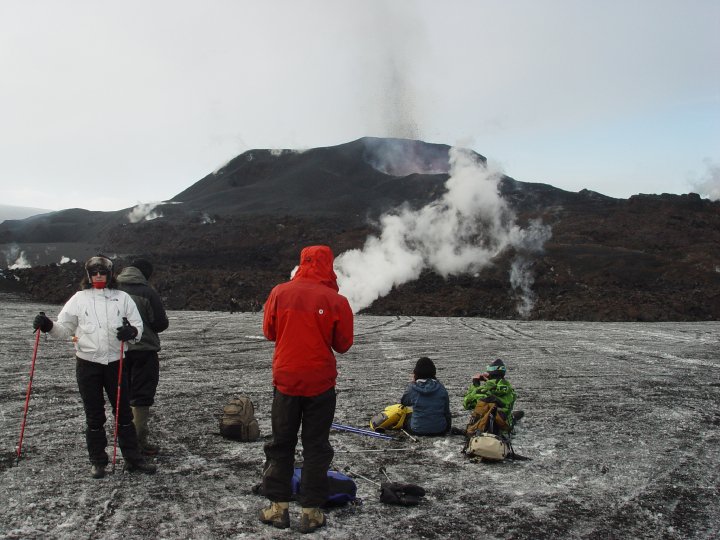
Since the economic crisis in 2008-2010 the tourism industry in Iceland has been growing rapidly, at an average of 22% annually between 2011-2018 with the first sign of decrease in 2019. In 2010 when the economic crisis was coming to end a small volcanic eruption in Fimmvörðuháls started after a series of eartquakes under Eyjafjallajökull glacier. This eruption was a small fissure which quite a few people and caused many to hike up to the eruption, including me. Less than a month later Iceland made international news due to a bigger volcanic eruption under Eyjafjallajökull glacier. This eruption created an ash cloud that led to a closure of most of the European airspace. These eruptions threatened to halt Iceland’s economic growth whilst struggling to recover from the economic crisis.
The volcanic eruption and the closure of the European airspace received bad publicity and led to a bad opinion around the world, but Iceland was able to turn this negative opinion into positive action. The ‘Inspired by Iceland’ campaign used this negative attention that Iceland was receiving to tell inspiring stories of Icelanders in order to persuade tourists to come back to Iceland.
I have always had mixed feelings about the tourism industry in Iceland because of the economic impact and the environmental impact of it. I saw how the increase in tourism brought in more money to the country and helped Iceland recover from the economic crisis. On the downside I have also seen popular tourism locations become overrun by the amount of visitors and the nature being destroyed in those areas. This has led to many areas, that I used to like to visit whilst travelling to my family farm, are becoming too crowded or are simply not as beautiful to visit anymore.
Recently more money has been put into infrastructure around the country in the most vulnerable locations in order to fight back against the erosion that is currently taking place in many areas. However, I don’t feel as it is happening fast enough and to many organizations are trying to maximise their profits rather than maintaining the environment to keep it open for visitors, at the same level as before, for the foreseeable future. This is why I was drawn to the Bachelor of Tourism Management program at Thompson Rivers University. In the future I want be able to offer access to the Icelandic environment without damaging the views travellers have come to expect from it.